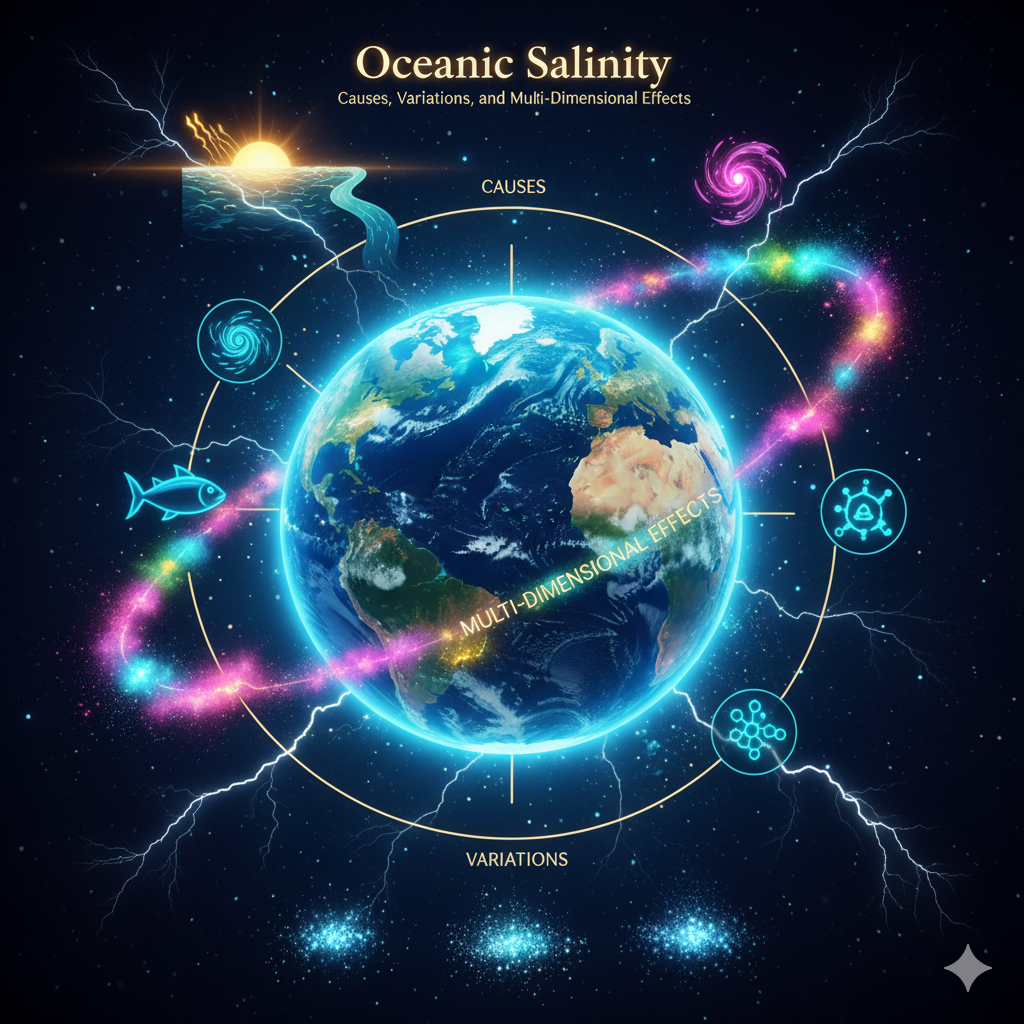Introduction
Coal has been one of the most important natural resources shaping human civilization since the industrial revolution. As the primary source of energy for centuries, it has fueled industries, powered railways, generated electricity, and contributed significantly to economic growth and modernization. However, coal mining and coal combustion have been identified as major contributors to environmental degradation, leading to air and water pollution, land destruction, greenhouse gas emissions, and adverse effects on human health.
Despite these negative environmental impacts, coal mining continues to hold a significant position in the energy and industrial landscape of many countries, particularly developing nations like India, China, and South Africa. The paradox lies in the fact that while coal is environmentally harmful, it is also indispensable for development, energy security, and industrial progress.
This essay discusses the environmental impacts of coal mining, the reasons why coal remains inevitable for development, the global and Indian context, the economic and social aspects, and the possible solutions for balancing environmental sustainability with developmental needs.
1. Importance of Coal in Human Development
1.1 Historical Role of Coal
- Industrial Revolution (18th–19th centuries): Coal was the backbone of industrialization, driving steam engines, iron and steel production, and urbanization.
- Modern Industry: Even today, coal continues to support cement, power, and metallurgy sectors, forming the base of industrial economies.
1.2 Present-Day Significance
- Global Energy Mix: Around 27–30% of the world’s primary energy needs are met by coal.
- Electricity Generation: Nearly 36% of global electricity is produced from coal-fired power plants.
- Steel Industry: Coal (particularly coking coal) is essential for steelmaking. Approximately 70% of steel worldwide is produced using coal.
- Economic Driver: Coal mining provides jobs, revenue, and infrastructural development in many regions.
Thus, despite renewable energy growth, coal remains critical for global energy security.
2. Environmental Impacts of Coal Mining
Coal mining and coal burning are among the most environmentally destructive activities.
2.1 Land Degradation
- Opencast mining strips away large tracts of land, causing deforestation, soil erosion, and loss of biodiversity.
- Post-mining landscapes are often left barren and unsuitable for agriculture.
2.2 Air Pollution
- Burning coal releases pollutants such as sulfur dioxide (SO₂), nitrogen oxides (NOx), particulate matter (PM), and mercury.
- These contribute to smog, acid rain, and respiratory diseases.
2.3 Water Pollution
- Coal mining often contaminates rivers and groundwater through acid mine drainage, which releases heavy metals like arsenic and lead.
- Water scarcity in mining regions is aggravated due to excessive consumption in coal washing and power plants.
2.4 Greenhouse Gas Emissions
- Coal is the largest source of CO₂ emissions worldwide.
- Methane, a potent greenhouse gas, is also released during coal mining.
2.5 Human Health Hazards
- Workers face lung diseases such as black lung disease (pneumoconiosis).
- Local communities are exposed to toxic dust and polluted air and water.
Clearly, the environmental and health costs of coal are enormous.
3. Why Coal Mining is Still Inevitable for Development
3.1 Energy Security
- Many developing countries have abundant coal reserves but limited oil and gas resources.
- Coal ensures a stable, affordable, and domestic source of energy.
- In India, about 70% of electricity generation depends on coal.
3.2 Industrial Dependency
- Cement, steel, aluminum, and chemical industries depend heavily on coal.
- Substituting coal in these sectors is technically challenging and economically expensive.
3.3 Economic Growth and Employment
- Coal mining generates millions of direct and indirect jobs.
- Provides government revenue through royalties, taxes, and foreign exchange.
- In coal-rich regions, mining stimulates local development (roads, hospitals, schools).
3.4 Infrastructure Development
- Coal provides cheap energy needed for building infrastructure such as roads, railways, and power grids.
- Without coal, industrial growth and urbanization in many nations would slow down significantly.
3.5 Limitations of Alternatives
- Renewables (solar, wind, hydro): Though growing rapidly, they face challenges like intermittency, high storage costs, and land requirements.
- Nuclear energy: Safe but politically and socially sensitive due to waste disposal issues.
- Natural gas: Cleaner than coal but often imported, making countries dependent on global markets.
Thus, coal remains the backbone of many economies despite its drawbacks.
4. Global Perspective: Coal and Development
4.1 China
- World’s largest coal consumer, using it for 56% of its energy needs.
- Coal fueled China’s rapid industrialization and urbanization.
- Even while investing heavily in renewables, China cannot completely eliminate coal in the near future.
4.2 United States
- Once highly dependent on coal, the US is reducing usage due to the shale gas boom and growing renewables.
- However, coal is still vital for specific industries and electricity generation in some states.
4.3 Europe
- The EU is moving away from coal due to climate goals.
- Yet countries like Poland and Germany still depend significantly on coal for electricity.
4.4 India
- India has the third-largest coal reserves in the world.
- Around 55–60% of India’s electricity is generated from coal.
- The steel and cement industries make coal indispensable.
- Given developmental pressures and energy poverty, India cannot afford to abandon coal immediately.
5. Indian Context: Coal and Development
5.1 Coal Reserves
- India has estimated reserves of over 319 billion tonnes (2024 estimates).
- Major coalfields are in Jharkhand, Odisha, Chhattisgarh, West Bengal, and Madhya Pradesh.
5.2 Role in Economy
- Coal India Limited (CIL) is one of the largest public sector companies, employing lakhs of workers.
- Coal accounts for a significant share of state revenues in mining regions.
- Acts as a lifeline for industrial clusters such as Bokaro, Durgapur, and Jamshedpur.
5.3 Developmental Imperatives
- India faces rising energy demand due to population growth, industrialization, and urbanization.
- Electricity is crucial for rural electrification, digital economy, and manufacturing.
- Without coal, India risks energy shortages and slow economic growth.
6. Balancing Coal and Environment: The Middle Path
While coal cannot be entirely phased out soon, steps can be taken to minimize its negative impact.
6.1 Clean Coal Technologies (CCTs)
- Supercritical and ultra-supercritical power plants improve efficiency and reduce emissions.
- Carbon Capture and Storage (CCS): Captures CO₂ before it reaches the atmosphere.
- Coal Gasification and Liquefaction: Convert coal into cleaner fuels.
6.2 Sustainable Mining Practices
- Reclamation of mined land through afforestation.
- Scientific methods to minimize land degradation and water pollution.
- Stricter enforcement of environmental laws.
6.3 Diversification of Energy Sources
- Gradually increasing the share of solar, wind, hydro, and nuclear power in the energy mix.
- Reducing dependency on coal in the long term.
6.4 Just Transition for Workers
- Provide retraining and alternative livelihoods to coal workers as the world moves toward greener energy.
- Investment in coal regions for non-mining industries to reduce dependence.
7. The Paradox of Coal: Development vs. Environment
Coal highlights a fundamental paradox in modern development:
- On one hand, it is the largest contributor to climate change and pollution.
- On the other, it is the most accessible, affordable, and reliable energy source for billions of people.
For developing nations, the immediate need for poverty reduction, industrialization, and employment often outweighs long-term environmental considerations. However, international climate commitments such as the Paris Agreement compel nations to seek a balance between development and sustainability.
8. The Way Forward
- Short-Term Strategy (Next 10–15 years):
- Improve efficiency of coal power plants.
- Reduce emissions using clean coal technologies.
- Strict environmental regulations for mining.
- Medium-Term Strategy (15–30 years):
- Invest massively in renewable energy infrastructure.
- Develop large-scale battery storage solutions.
- Promote electrification of industries and transport to reduce direct coal usage.
- Long-Term Strategy (By 2050):
- Transition to a low-carbon economy.
- Phase out coal gradually while ensuring energy security.
- Achieve net-zero emission targets.
Conclusion
Coal remains a double-edged sword—while it continues to fuel growth and development, it also poses severe environmental and health challenges. In spite of its adverse impacts, coal is still inevitable for development, especially in emerging economies where energy demand is high and alternatives are not yet fully viable.
The challenge for policymakers lies in striking a balance: maximizing the benefits of coal for development while minimizing its ecological footprint. Clean coal technologies, sustainable mining practices, and a gradual shift towards renewable energy can help achieve this balance.
Ultimately, coal cannot be wished away overnight, but through responsible usage, technological innovation, and long-term planning, it is possible to reduce its negative impacts while ensuring that development continues unhindered.




